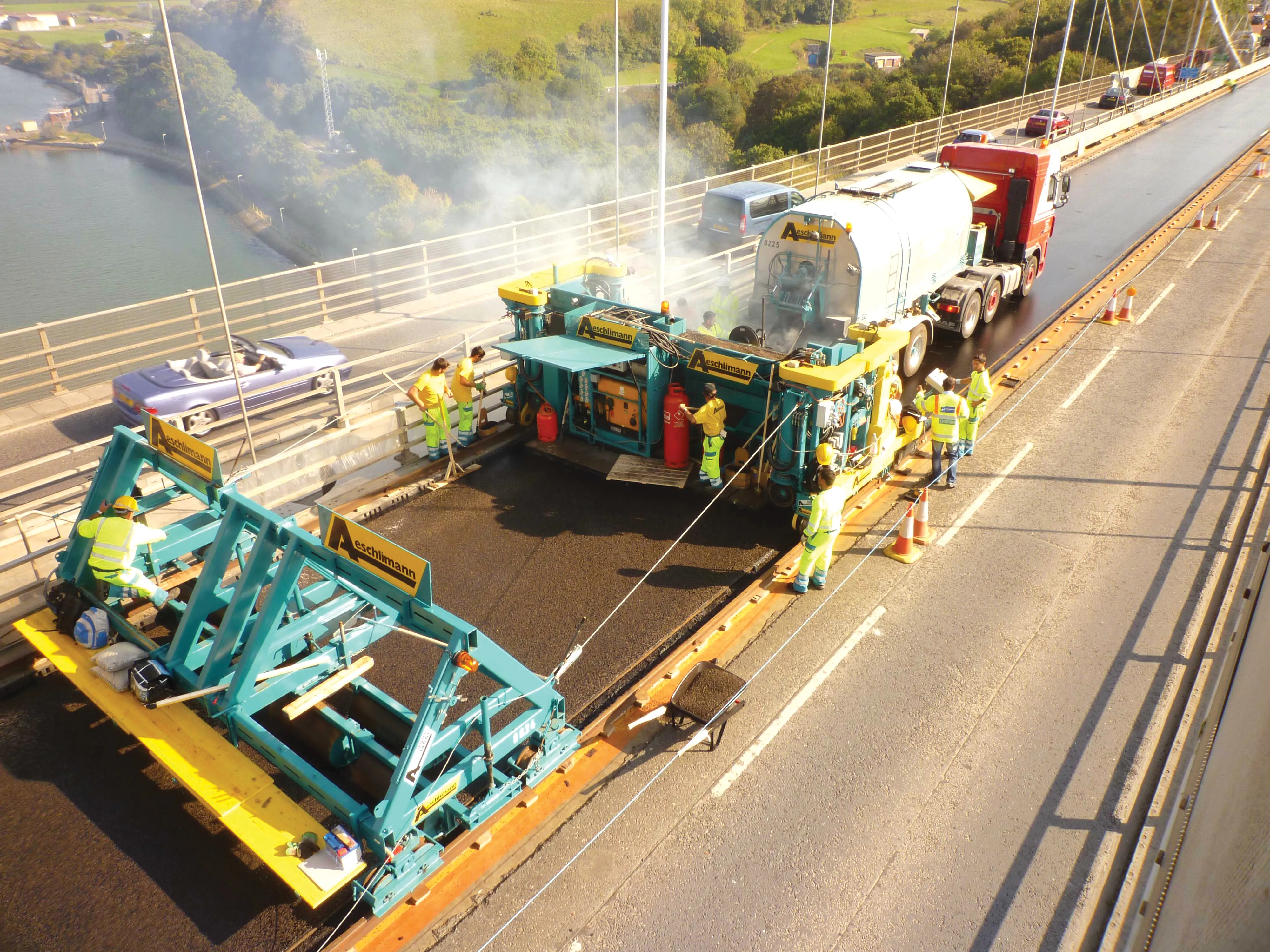Software specialist Bentley Systems awarded key road and bridge construction projects for excellence in the use of its software. The awards were presented at the firm’s annual event, this year held at the Metropole Hotel in UK capital London.
November 1, 2013
Read time: 2 mins
Software specialist 4019 Bentley Systems awarded key road and bridge construction projects for excellence in the use of ITS software. The awards were presented at the firm’s annual event, this year held at the Metropole Hotel in UK capital London. In the Innovation in Bridges category, the award was given to Bloom Companies for ITS work on the Rawson Avenue Interchange Reconstruction in Milwaukee, Wisconsin.
The project involved highly specialised construction techniques and was carried out for the client, the Wisconsin Department of Transportation. Bloom Companies designed the US$14.2 million reconstruction of the I-94/Rawson Avenue interchange, a tight diamond configuration requiring the replacement of an existing four-Span bridge with a new two-Span bridge. The bridge was pre-cast in two staging areas on either side of I-94 and then transported to the site using self-propelled modular transporters (SPMTs). LEAP Bridge1609 ENTERPRISE was used for structural design, including LEAP CONSPAN for supplemental pre-stressed concrete girder analysis, LEAP RC-PIER for analysis and design of precast concrete pier elements, LEAP GEOMATH for bridge geometry. Meawhile LEAP CONSYS was used to analyse special loading conditions related to transporting the bridge spans and raising them into position. Using SPMTs minimised the traffic and reduced road closures from six months to three weeks.
Meanwhile the Innovation in Roads category was awarded to2748 URS Corporation, for ITS work on the Stockholm Bypass. The Stockholm Bypass is a new motorway link to the western reaches of Stockholm, Sweden. The URS/ÅF AB consortium was awarded the Akalla/Häggvik interchange contract by 1096 Trafikverket, which includes the north end of the 3km surface section of the bypass. The design of this section was complex as it includes 27 road alignments over 22km with 11 bridges, complex water and drainage systems, and complicated electrical and ducting networks.
Several challenging 3D and BIM-related procedures were mandated on this $478 million project. URS used MicroStation, MXROAD, InRoads, PowerCivil for Sweden, and ProjectWise to create and manage intelligent multi-discipline 3D models. Each discipline published a fully referenced i-model that enabled clash detection across the entire project. Using 3D modeling, they hope to reduce drafting hours by 30% and the number of drawings needed by 90%.
The project involved highly specialised construction techniques and was carried out for the client, the Wisconsin Department of Transportation. Bloom Companies designed the US$14.2 million reconstruction of the I-94/Rawson Avenue interchange, a tight diamond configuration requiring the replacement of an existing four-Span bridge with a new two-Span bridge. The bridge was pre-cast in two staging areas on either side of I-94 and then transported to the site using self-propelled modular transporters (SPMTs). LEAP Bridge
Meanwhile the Innovation in Roads category was awarded to
Several challenging 3D and BIM-related procedures were mandated on this $478 million project. URS used MicroStation, MXROAD, InRoads, PowerCivil for Sweden, and ProjectWise to create and manage intelligent multi-discipline 3D models. Each discipline published a fully referenced i-model that enabled clash detection across the entire project. Using 3D modeling, they hope to reduce drafting hours by 30% and the number of drawings needed by 90%.









